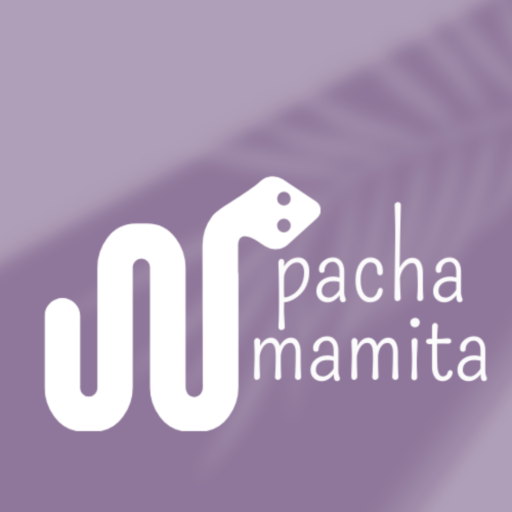![]()
 |
| PHOTO: Guayaquil Salt Estuary |
An investigative article published a few days ago by Diario Expreso indicating that "as of January of this year there were 57 industries in the northern branches of the Estero Salado that were polluting the body of water with their discharges" and that "to date, 9 of the 70 intervened at the beginning of the year by the Environmental Directorate of the Municipality of Guayaquil continue to violate environmental regulations," prompted a response from the MAE.
In a statement published on its website, the State portfolio states that "through the Provincial Directorate of Guayas, in 2011 it carried out the "Project for the Collection of Information, Monitoring and Control of Industrial Wastewater Discharges in the Estero Salado."
"This Project was launched with the objective of determining sources of contamination, and the result was (…) 16 companies that generate it outside the area of the Manglares del Salado Wildlife Production Reserve" to which in March of this year, the Provincial Directorate of the Environment of Guayas opened administrative processes because they discharge directly into the reserve area," the MAE further reports.
The announcement of the start of legal proceedings has generated some reactions around the issue.
We consulted with Mónica Solano, from the Friends of Estero Salado group, to find out her opinion on the news, and she stated that “I think the Municipality should put more effort into the comprehensive recovery of Estero Salado” and regarding the fines, which she is not in favor of, but “if they do not want to pay attention, there is no other option,” and she concluded by stating that “the MAE as well as the Municipal Department of the Environment should act quickly and not let 30 more years pass and see the estuary disappear forever.”
On the other hand, José Delgado, one of the first people to raise the alarm about the contamination of the estuary several years ago and who, despite currently living in Europe, remains very aware of the actions taken in this regard, expresses his doubts about the number of companies and questions "16 companies? If until recently there were like 400?" and calls on the control agencies to make the names of the companies public.
Delgado also highlights that other measures that must be taken in the short term are the establishment of a Citizen Socio-Environmental Observatory of the Estero and the Guayas River, in addition to carrying out an economic and environmental audit of all projects on the Estero. All this accompanied by comprehensive mapping and real-time monitoring of stains, constant patrols, etc.
The information is there, the organizations called to ensure a healthy environment in the city of Guayaquil should take these suggestions that aim to help meet that objective and empower the citizens in this, one of the largest sources of pollution in the city, so that it can once again become a paradise of life within the city.
